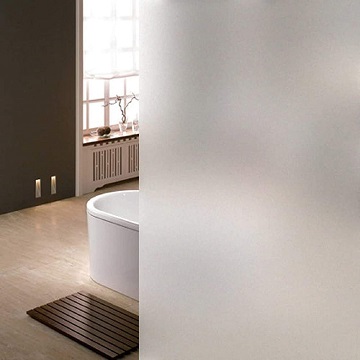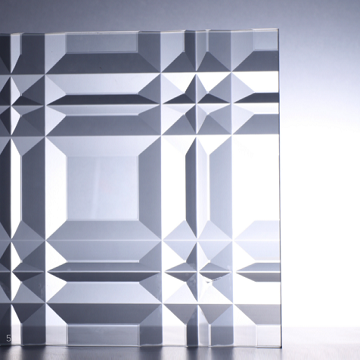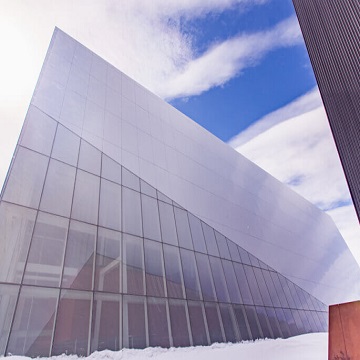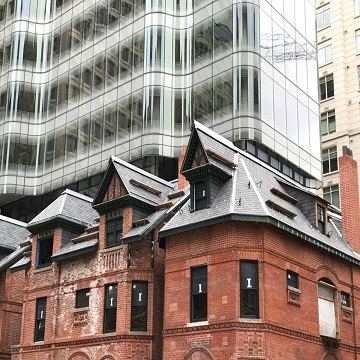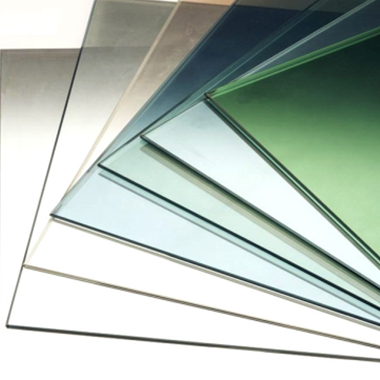What Is Low-e Glass?
Low-e glass is a type of treated glass that that conducts visible light while controlling the passage of heat. Low-e stands for low emissivity. This glass is an energy efficient way to control the heat being allowed in and out of a home or environment.
Heat transferred through glass is measured by the U-factor. This is the rate at which glass conducts non solar heat flowing through it. The lower the U-factor rating, the more energy efficient the glass. Low-e glass allows visible light to pass through it but blocks heat-generating ultraviolet light, requiring less artificial heating or cooling to keep a room at the desired temperature.
This glass works by reflecting heat back to its source. All objects and people give off varying forms of energy, affecting the temperature of a space. Long wave radiation energy is heat, and short wave radiation energy is visible light from the sun. The coating used to make low-e glass works to transmit short wave energy, allowing light in, while reflecting long wave energy to keep heat in the desired location.
Low-e glass comes in high, moderate and low gain panels. In especially cold climates, heat is preserved and reflected back into a house to keep it warm. This is accomplished with high solar gain panels. In especially hot climates, low solar gain panels work to reject excess heat by reflecting it back outside the space. Moderate solar gain panels are also available for areas with temperature fluctuations.
Low-e glass is glazed with an ultra-thin metallic coating. The manufacturing process applies this with either a hard coat or soft coat process. Soft coated low-e glass is more delicate and easily damaged so it is used in insulated windows where it can be in between two other pieces of glass. Hard coated versions are more durable and can be used in single paned windows. They can also be used in retrofit projects.
Generally low-e windows cost between 10 percent and 15 percent more than standard. The reduction in energy loss can be 30 percent to 50 percent. Windows made with this type of glass are a larger investment initially but will pay for themselves by reducing heating and cooling costs.
Visibility was a problem with some of the first low-e glasses, as original panes were said to have a brownish tint. Technology and manufacturing has continued to improve its quality resulting in a spectrally selective glass that allows the best possible visibility while still filtering heat.
Specification Of Low-e glass
Performance of on-line monolithic clear low-e glass
Monolithic | Thickness(mm)
| LT(%) | LR(%) | Resistance(Ω/□) | △Eab* | Emissivity |
On-line Low-E Glass | 4 | ≥83.0 | 10 | ≤14 | △Eab*<1 | 0.15 |
5 | ≥83.0 | 11 | ≤14 | △Eab*<1 | 0.15 |
6 | ≥82.5 | 10 | ≤15 | △Eab*<1 | 0.15 |
8 | ≥82.0 | 11 | ≤15 | △Eab*<1 | 0.16 |
10 | ≥81.5 | 10 | ≤15 | △Eab*<1 | 0.16 |
The optical and thermal parameter of on-line clear low-e glass in different thickness
Single glazing Coating in Pos.2 | Thickness(mm) | Visible light | Solar energy | U-value (W/m2·K) | SHGC | SC |
LT(%) | LR(%) | LT(%) | LR%
| Winter
| Summer |
Outside | Inside |
On-line Low-E Glass | 4 | 83.0 | 9 | 11 | 72.0 | 12 | 3.7 | 2.8 | 0.75 | 0.86 |
5 | 83.5 | 10 | 11 | 71.5 | 12 | 3.7 | 2.9 | 0.74 | 0.85 |
6 | 82.5 | 10 | 11 | 70.0 | 10 | 3.7 | 2.8 | 0.71 | 0.82 |
8 | 82.0 | 10 | 11 | 69.0 | 9 | 3.7 | 2.9 | 0.73 | 0.84 |
10 | 81.5 | 9 | 10 | 66.0 | 8 | 3.7 | 2.8 | 0.71 | 0.81 |
Performance of on-line monolithic ultra-celar low-e glass
Monolithic | Thickness(mm) | LT(%)
| LR(%)
| Resistance(Ω/□) | △Eab*
| Emissivity
|
On-line Low-E Glass | 4 | ≥85.0 | 10 | ≤14 | △Eab*<1 | 0.17 |
5 | ≥84.5 | 11 | ≤14 | △Eab*<1 | 0.17 |
6 | ≥84.0 | 11 | ≤15 | △Eab*<1 | 0.17 |
8 | ≥83.5 | 10 | ≤15 | △Eab*<1 | 0.18 |
10 | ≥83.0 | 10 | ≤15 | △Eab*<1 | 0.18 |
The optical and thermal parameter of on-line ultra clear low-e glass in different thickness
Single glazing Coating in Pos.2 | Thickness(mm) | Visible light | Solar energy | U-value (W/m2·K) | SHGC
| SC
|
LT% | LR% | LT% | LR%
| Winter | Summer |
Outside | Inside |
On-line Low-E Glass | 4 | 85.0 | 10.0 | 11.0 | 76.0 | 12 | 3.7 | 2.8 | 0.89 | 0.95 |
5 | 84.5 | 10.5 | 11.5 | 75.5 | 12 | 3.7 | 2.9 | 0.82 | 0.94 |
6 | 84.0 | 10.5 | 11.5 | 75.0 | 10 | 3.7 | 2.9 | 0.80 | 0.93 |
8 | 83.5 | 10.0 | 12.0 | 73.5 | 9 | 3.7 | 2.9 | 0.81 | 0.93 |
10 | 83.0 | 9.0 | 10.0 | 71.0 | 8 | 3.7 | 2.8 | 0.80 | 0.93
|
Wallkingdon Glass provides first-class products and services to exceed customer expectations. No matter what your project needs—from external high-rise windows to large-capacity glass in storefronts or showrooms, please contact us through the following ways: enquiry@wallkingdonglass.com


